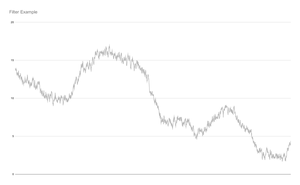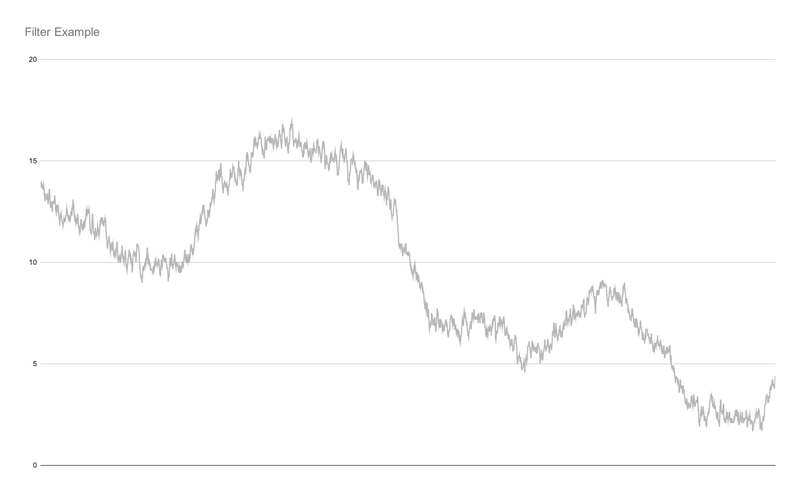Safety Systems Definitions
For my final Simple Saturday post of the year/decade I will cover terms and acronyms used as part of shutdown systems.
ESD: Emergency ShutDown. This is the generic name given to a system that trips the plant if it detects a problem. This generic name could refer to simple …



